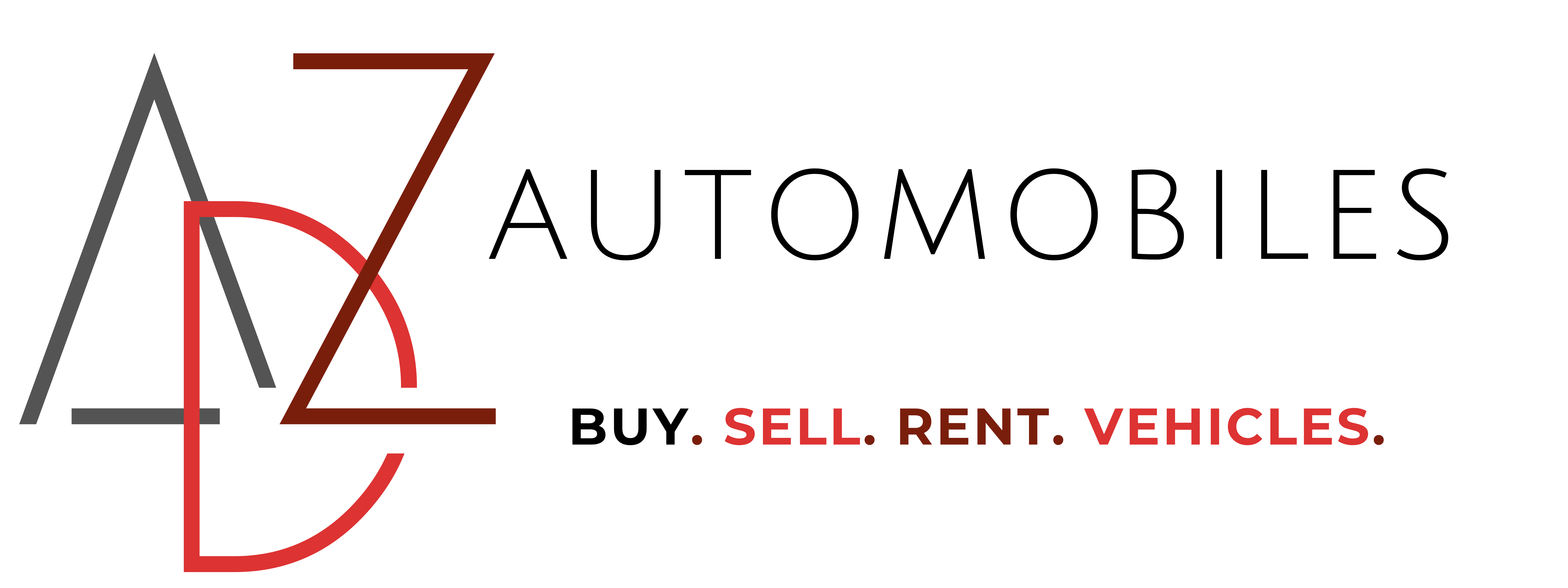Title: Precautions and Checklists for Buying a Used Vehicle: Your Roadmap to a Smart Purchase
Purchasing a used vehicle can be an excellent way to save money and still get a reliable set of wheels. However, it’s vital to approach the process with caution and a well-prepared checklist to avoid potential pitfalls. In this blog, we’ll outline crucial precautions and checklists to keep in mind while buying a used vehicle, ensuring you make a smart and informed purchase.
1. Research and Budget:
- Start with thorough research on the makes and models that meet your needs and budget.
- Determine how much you’re willing to spend, including taxes, registration, and potential repairs.
2. Set Clear Priorities:
- Define your key priorities, such as fuel efficiency, cargo space, or safety features, to help you narrow down your choices.
3. Check the Vehicle History:
- Request the vehicle identification number (VIN) from the seller and obtain a comprehensive vehicle history report, such as Carfax or AutoCheck.
- Look for any signs of accidents, title issues, or major repairs.
4. Find a Trusted Seller:
- Buying from a reputable source, such as a certified dealership, is often a safer choice. Private sellers can be legitimate, but exercise caution.
5. Get a Pre-Purchase Inspection:
- Have a trusted mechanic inspect the vehicle to identify any hidden issues, especially those not visible in the history report.
- Pay attention to potential engine, transmission, suspension, and brake problems.
6. Take a Test Drive:
- Test driving is essential to assess the vehicle’s handling, comfort, and any unusual sounds or sensations.
- Evaluate acceleration, braking, and steering.
7. Verify Ownership and Title:
- Ensure that the seller has clear ownership of the vehicle and that there are no liens on the title.
- Get a bill of sale and complete any necessary paperwork to transfer ownership legally.
8. Check for Maintenance Records:
- Well-maintained vehicles are often more reliable. Request the maintenance history to see if the vehicle has received regular services.
9. Look for Signs of Wear and Tear:
- Inspect the interior and exterior for signs of excessive wear and tear, including upholstery, body damage, or rust.
- Don’t forget to examine the tires for their condition.
10. Check the Mileage:
- A vehicle’s mileage can be a good indicator of its overall wear and tear. Excessive mileage can lead to more potential problems.
11. Research Market Value:
- Compare the seller’s asking price with the vehicle’s market value, considering factors like age, mileage, and condition.
- Negotiate the price based on your research.
12. Verify Emissions and Safety Compliance:
- Check if the vehicle complies with your local emissions and safety requirements, as these can vary by location.
13. Confirm Warranty and Return Policies:
- Determine if the used vehicle is still covered by any remaining manufacturer’s warranty or extended warranty. Additionally, inquire about any return policies or guarantees.
14. Consider a Vehicle History Report:
- While optional, consider purchasing a more detailed report from companies like Carfax or AutoCheck to ensure you have a complete history of the vehicle.
15. Get a Written Agreement:
- Before finalizing the purchase, make sure to have a written agreement that outlines all terms and conditions, including the sale price, warranty, and any promises made by the seller.
16. Be Cautious with Cash Transactions:
- For security reasons, avoid carrying large amounts of cash. Using a certified check or wire transfer is often safer.
17. Trust Your Instincts:
- If something doesn’t feel right during the buying process or if the seller is evasive, trust your instincts and consider other options.
By following these precautions and checklists, you’ll be better equipped to make an informed decision when buying a used vehicle. A well-planned approach can save you from potential headaches down the road and ensure you drive away with a reliable and cost-effective vehicle that meets your needs.
